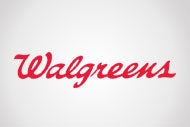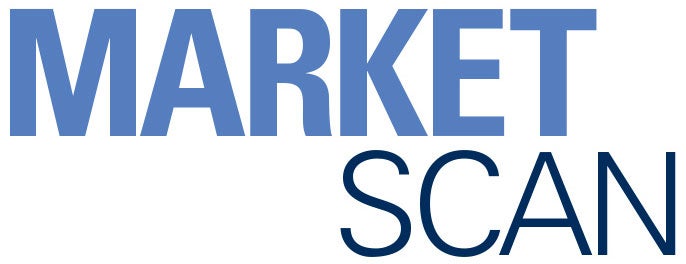

Is Walgreens Paying the Price for Its Horizontal Growth Strategy?
 In its worst quarter since forming the Walgreens Boots Alliance with European drugstore chain Alliance Boots GmbH, the Deerfield, Ill.-based retailer says it will further expand its aggressive cost-cutting strategy, adding another $500 million in cuts to the $1 billion previously announced. The company now forecasts that its earnings will remain flat for the year, after having predicted growth of 7-12 percent.
In its worst quarter since forming the Walgreens Boots Alliance with European drugstore chain Alliance Boots GmbH, the Deerfield, Ill.-based retailer says it will further expand its aggressive cost-cutting strategy, adding another $500 million in cuts to the $1 billion previously announced. The company now forecasts that its earnings will remain flat for the year, after having predicted growth of 7-12 percent.
Drug retailers like Walgreens and CVS Health have been squeezed by reimbursement pressure as their pharmacies receive less for filling prescriptions coupled with a steep decline in generic drug prices for several years, reports Reuters. And prospects for a recovery on generic drug prices aren’t bright with heightened public concern and regulatory scrutiny.
Bloomberg notes that more than two-thirds of Walgreens’ sales come from its pharmacies. The company is filling more prescriptions but making less on them. Same-store retail sales, meanwhile, also have been dropping. Walgreens, like CVS, has begun exploring ways to redesign some of its stores to provide low-acuity health care services to help optimize and grow its revenues and combat the decline in retail sales. But CVS, with access to Aetna’s patient base, would seem to have a significant advantage at this point in building this business.
Of perhaps greater concern, Walgreens’ horizontal merger and acquisition strategy may not deliver the intended results in strengthening Walgreens’ market position. Both Walgreens and CVS have taken divergent paths in trying to further scale. Walgreens acquired more than 1,900 Rite Aid drug stores with a focus on driving efficiencies, while CVS bought Aetna in a move to develop new ways to engage patients in their health and wellness and investing in offering medical services at some of its more than 9,800 U.S. locations.
Bloomberg Intelligence health care analyst Jonathan Palmer summed up the Walgreens earnings news and its strategy this way: “Walgreens’ 2019 guidance pullback was worse than expected, and we don’t see a quick fix to these structural headwinds that signal challenges across all its retail units. Management has provided little on the long-term strategy beyond [saying] ‘trust us.’”



